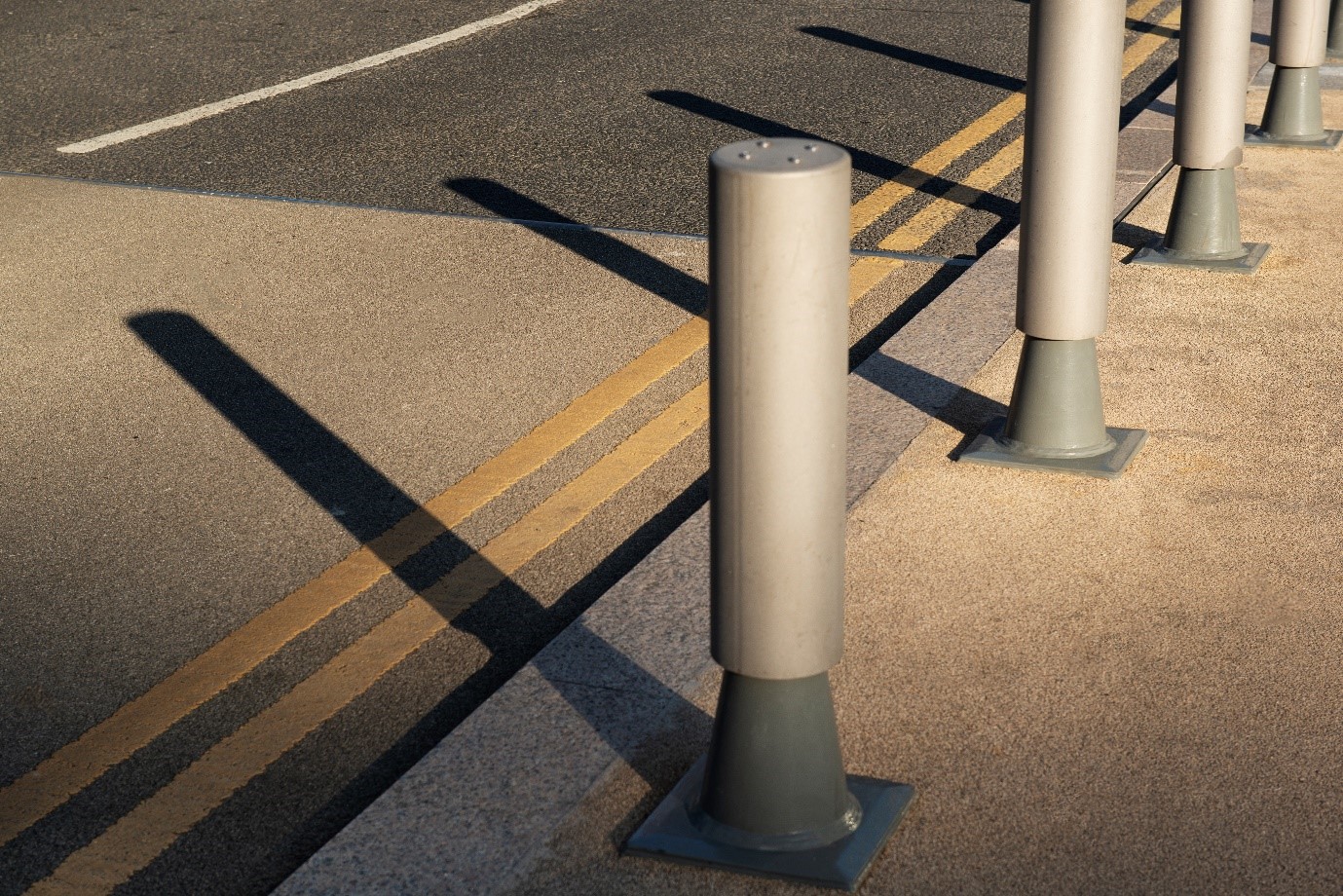
Have you ever noticed those short, sturdy posts installed around pedestrian areas, commercial buildings, or parking lots – usually looking quite inconspicuous? Have you ever wondered why they carry so much importance in our daily lives or how they contribute to our safety in ways we don’t usually consider? Those subtly installed protectors are known as ‘Parking Bollards’, and they play an essential role in streamlining urban traffic and ensuring public safety.
Right here, in this comprehensive guide, we delve further into understanding why these seemingly simple parking bollards are in fact, crucial components in modern traffic control mechanisms. We’ll explore what they do, why they’re so valuable, and how they contribute to an orderly traffic system and better town planning.
RSVP: The Bollard Basics
What exactly are bollards? Bollards are sturdy, vertical posts strategically positioned to control, direct, or obstruct vehicular movement. Historically, they were used in ship mooring applications. However, in the modern context, bollards have become important urban design elements, protecting pedestrian areas and crucial building structures from rogue vehicles.
Potentially dangerous situations can be prevented by installing bollards in urban areas: areas which are high in pedestrian traffic, outside schools, hospitals, or commercial centres. Not just practical, bollards come in a surprising variety of designs, morphing into a visually appealing part of the urban landscape, offering both subsistence and style.
Beyond controlling vehicular traffic, bollards also play a part in our societies’ collective approach towards safety, effectively blending in functionality with aesthetic appeal. Let’s look more closely at the kinds of bollards used in traffic regulation and security.
Flexible Friends: The Different Types of Bollards
Differing environment conditions necessitate the use of different types of Parking bollards. Typically, bollards fall into three main categories: Fixed, Removable, and Retractable.
Fixed Bollards, as their name suggests, are permanently fixed into the ground for maximum strength and protection. They are predominantly used in locations where there’s a constant need for strong security measures.
In contrast, Removable Bollards offer the flexibility of adaptation. They can be installed and removed whenever necessary, providing various traffic control possibilities without permanent obstruction.

The third type, Retractable Bollards, can be lowered or raised above street level as and when required. Predominantly used in areas requiring periodic access control, these provide an ideal balance between practicality and flexibility.
The Guard Dogs: Bollards and Security
In the urban security ecosystem, bollards play the role of silent guardians. By restricting vehicle access and controlling traffic flows, they contribute to the prevention of accidents and enhance overall security. This can be particularly important around densely packed urban areas, commercial hubs, and public gatherings where the risk of accidental or intentional vehicle ramming increases.
Bollards have also proven to be effective in preventing vehicle-based terrorist attacks, providing an additional and crucial layer of protection to public spaces. They are a testament to the importance of urban design in enabling the safety of public spaces, prompting us to actively seek mindful and strategic design solutions.
Building on Basics: Bollards in City Planning
Bollards have become integral to contemporary city planning. From enhancing pedestrian safety to protecting critical infrastructure, they fulfil multiple roles. The city streetscape, consequently, has come to accommodate these urban fixtures in a way that maximizes their utility and aesthetic value.
In today’s cities, they aid in creating “complete streets”—roads designed to serve everyone and not just cars. They delineate bike lanes, shield pedestrians, assist in creating tasteful open spaces, and promote a more walkable urban environment. By doing all these tasks so subtly, they’re often unnoticed, revealing the depth and complexity of contemporary urban design.
Conclusion
Thus, parking bollards, irrespective of their unassuming appearance, perform a fundamental role in governing modern traffic patterns and amplifying urban safety. With strategic placement and thoughtful design, they can enhance public security, guide traffic flow, and add visual appeal to our cities.
While bollards alone cannot solve every traffic or safety issue we face in our rapidly urbanizing world, they represent one vital piece of the city planning puzzle. As we move towards designing safer, more effective, and truly inclusive urban spaces, understanding, and utilizing these inconspicuous traffic controllers’ full potential is more important than ever.
Next time you pass by a bollard, take a moment to think about its role: A simple metal post standing sentry, leading us, protecting us, and contributing to our lives in ways we barely notice. It’s in simple, practical design elements like these that we find the very essence of good urban design.
